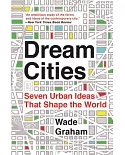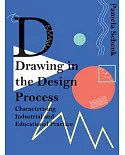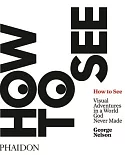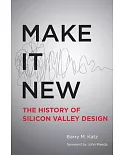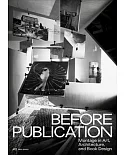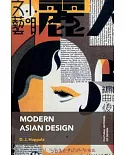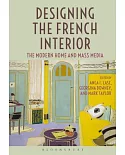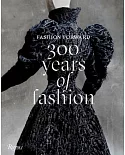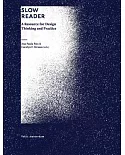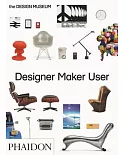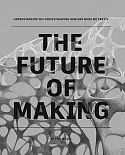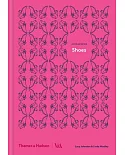廿世紀中期,美國第一代工業設計師Henry Dreyfuss 創造了「人因工程學」。他捨棄產品誇張的外觀,提出「使用者需求」才是成功產品設計的關鍵要素,影響爾後的設計者。本書從使用者經驗到自造者文化,探討設計者與使用者之間日趨改變的關係,以及設計法則與實踐。
In the mid-twentieth century, Henry Dreyfuss—widely considered the father of industrial design—pioneered a user-centered approach to design that focuses on studying people's behaviors and
attitudes as a key first step in developing successful products. In the intervening years, user-centered design has expanded to undertake the needs of differently abled users and global
populations as well as the design of complex systems and services. Beautiful Users: Designing for People explores the changing relationship between designers and users and considers a range of
design methodologies and practices, from user research to hacking, open source, and the maker culture.



